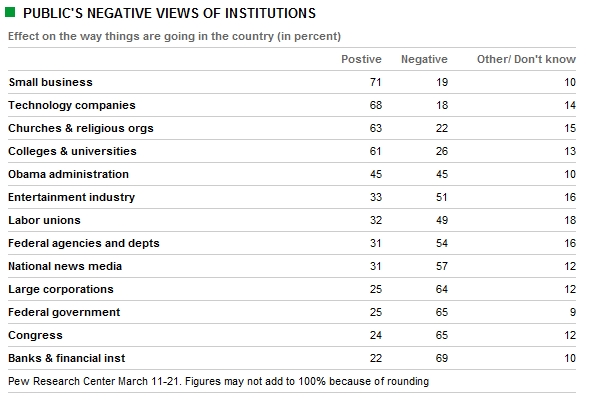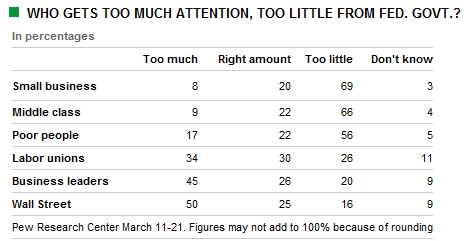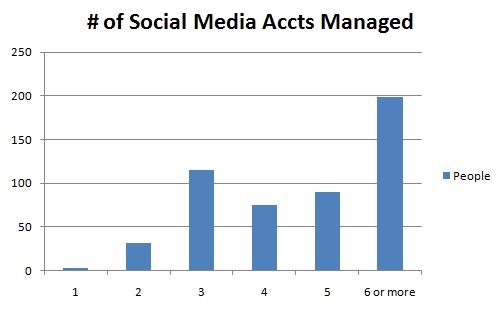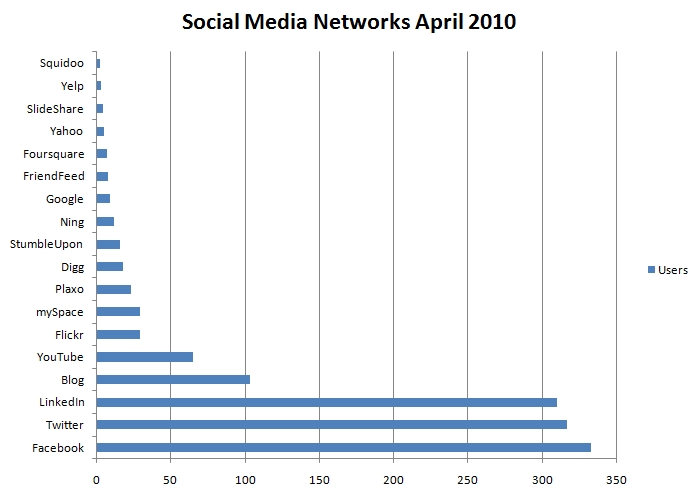When developing a mobile campaign, here are some do’s and don’ts:
1. K.I.S.S.
For best results, messages should be short and to the point. You have an insanely limited amount of space to communicate something, so make it count. Text messaging is limited to between 140-160 characters, so keep the content simple, to the point, and don’t forget the call to action.
2. Ask for Permission.
Subscribers pay for text messages. No one wants to pay for content they did not choose to receive. People today are accustomed to being asked whether they’d like to receive additional offers/news when downloading content from the Web. This opt-in process is even more critical in the wireless world. Every campaign you send out should also feature a quick and easy way to opt-out. It’s not only polite but required by the Mobile Marketing Association (MMA).
3. Create a compelling offer.
Take great pains to ensure your offer is something your subscribers want. Strong offers can substantially increase subscribers, build brand awareness and increase sales for marketers. A study conducted by Nokia indicated that nearly 9 out of 10 respondents agreed that they should be provided some kind of an incentive to opt-in to mobile marketing campaigns.
4. Every phone is different.
So make sure every message you send can be seen. There are myriad of mobile phone choices today and a variety of platforms (text, mobile web and mobile video). Phones can vary from simple SMS (Short Message Service) phones to highly sophisticated color wireless PDA’s (Personal digital assistant). Screen sizes and quality range from small black and white screens to high-resolution matrix color displays. Your mobile messaging provider should be capable of optimizing content for a variety of different platforms, including J2ME, BREW, WAP, and MMS.
5. Make it Viral.
Capitalize on mobile’s peer-to-peer communication abilities. Users forwarding your message to their friends and colleagues (thus enhancing the reach of each message sent) facilitate viral or “word-of-mouth” marketing. Adding “fun” or a give-away to messages may also facilitate viral marketing.
6. Piggyback on traditional marketing.
Just because you have it, doesn’t mean your customers will know it’s there. Marketers must use other online or offline channels to drive users to participate in their mobile campaigns. This means online advertising, email, social media, print ads, collateral, billboards, radio and television commercials can all be used to alert mobile consumers of a particular promotion, or invite them to join your mobile program. Aside from increasing ROI, mobile marketing also enables better tracking of consumer behavior leading to useful reporting and data-mining capabilities.
7. Track your results.
Reporting is built-in to mobile platforms and occurs in real-time. By tagging ad campaigns with a unique mobile keyword call to action, you can track each response to the exact ad that generated it. Tracking your results also allows you to learn and improve the results of future campaigns. Most professional mobile platforms include: polling tallies, survey results, total messages sent, total messages delivered, and more.
8. Allocate enough set-up time
Most businesses wait until the last minute of a campaign launch to start their mobile campaigns. The problem, there is no one to market to. It takes time to build up a subscriber list. Starting months prior to a campaign will ensure you have people to send important messages to when it counts. Don’t have the time? All is not lost! Mobile marketing is very flexible and time sensitive. That means a last minute mobile campaign can be successful if done correctly. Using a text messaging partner (like nxtConcepts) with previous marketing experience can be invaluable.
9. Start because it’s affordable. Continue because it works.
Some marketers may be tempted to develop a mobile campaign just because it can be a small line item in an otherwise big marketing budget. Big mistake. Although mobile marketing can be very inexpensive to start and implement–sometimes just a few hundred dollars—it takes time and attention to make it successful. By treating a mobile campaign strategically and integrating it with other online and offline advertising it will help it grow and thrive.
10. Perfect pitch platform
So why should businesses care about mobile marketing? Simple. The same demographics’ that are interested in buying your products and services are also the most likely to use mobile phones. In a nutshell, every single one of your customers has a cell phone and there’s no better way to reach and engage them.



